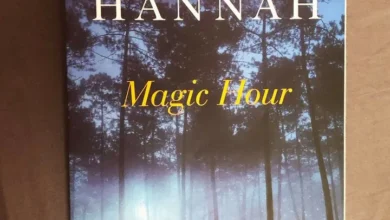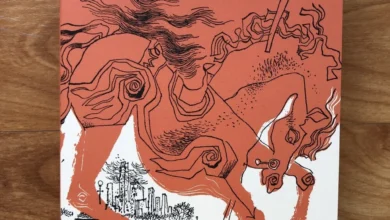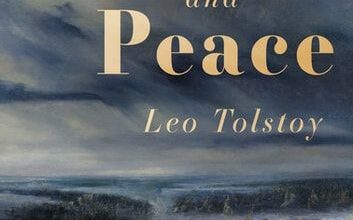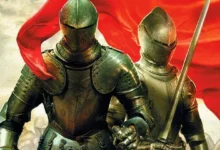Exploring the Enigmatic World of The Great Gatsby
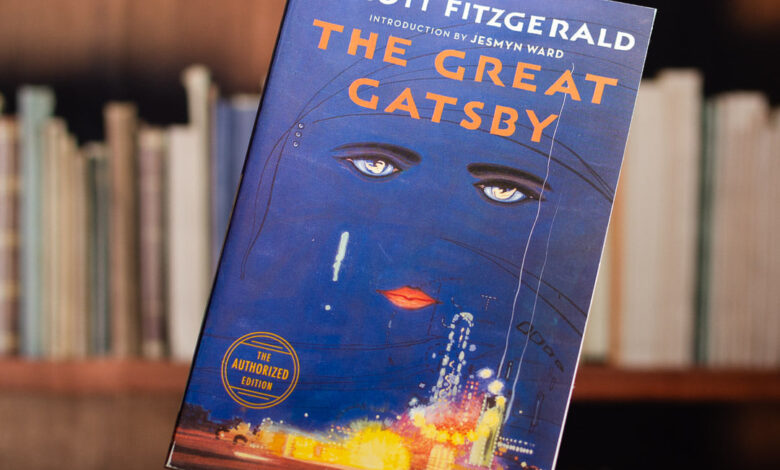
The Great Gatsby
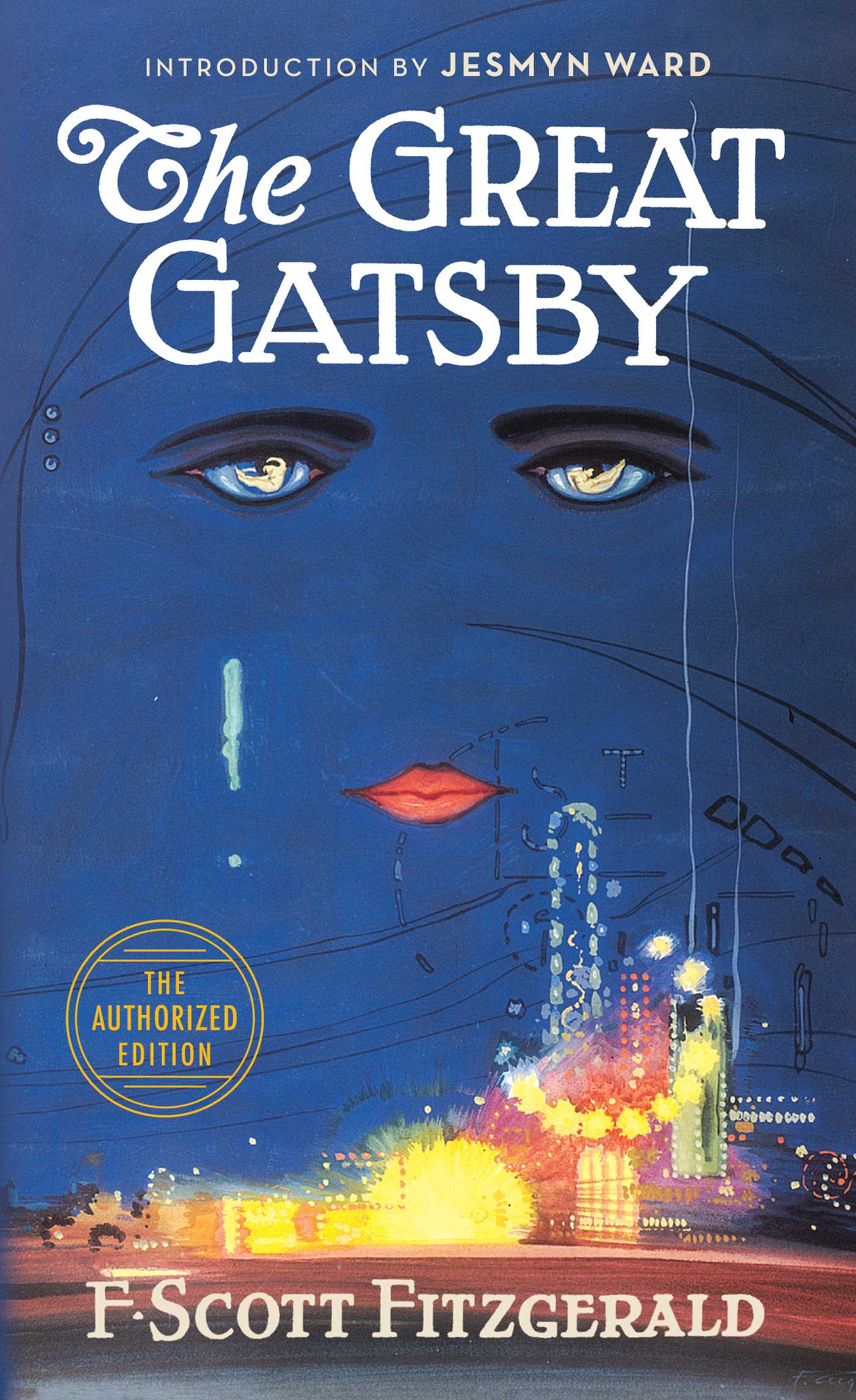
The Great Gatsby penned by F. Scott Fitzgerald, stands as one of the most celebrated novels of the 20th century. Set against the backdrop of the Roaring Twenties in America, the novel presents a captivating tale of love, ambition, wealth, and societal decadence. With its intricate plot, rich characterizations, and profound themes, “The Great Gatsby” continues to enthral readers worldwide.
Background of the Author
Francis Scott Key Fitzgerald, commonly known as F. Scott Fitzgerald, was born in 1896 in St. Paul, Minnesota. He rose to prominence as one of the foremost writers of the Jazz Age, a term he coined himself. Fitzgerald’s works often reflect the societal upheavals and cultural shifts of the early 20th century, making him a quintessential figure of American literature.
Setting Roaring Twenties in America
“The Great Gatsby” unfolds in the affluent Long Island towns of West Egg and East Egg during the 1920s. This period, known for its economic prosperity and cultural dynamism, saw the emergence of a new social elite characterised by wealth, excess, and hedonism.
Plot Overview
At the heart of the narrative lies Jay Gatsby, a mysterious and enigmatic figure who throws lavish parties at his opulent mansion. His sole motivation is to win back his former love, Daisy Buchanan, who is married to the wealthy but morally corrupt Tom Buchanan. As the story unfolds, secrets are unveiled, leading to tragic consequences for all involved.
Jay Gatsby A Mysterious Figure
Gatsby epitomises the American Dream, tirelessly pursuing wealth and success to win Daisy’s affection. Despite his extravagant lifestyle, he remains an enigma to those around him, concealing his true identity and past.
Daisy Buchanan The Love Interest
Daisy embodies the allure of wealth and privilege, yet she is ultimately disillusioned by the emptiness of her existence. Her relationship with Gatsby is fraught with longing and regret, underscoring the novel’s exploration of love and desire.
Tom Buchanan, The Antagonist
Tom represents the decadent aristocracy, using his wealth and power to manipulate those around him. His affair with Myrtle Wilson, a working-class woman, symbolises the moral corruption prevalent among the upper echelons of society.
Themes Explored
“The Great Gatsby” delves into various themes that remain relevant to this day, including:
The American Dream
Gatsby’s relentless pursuit of wealth reflects the idealised notion of the American Dream, yet the novel ultimately critiques the shallow materialism that underpins it.
Wealth and class
Fitzgerald scrutinises the stark divide between the old money aristocracy of East Egg and the nouveau riche of West Egg, highlighting the superficiality of social status.
Love and relationships
The novel’s central love triangle exposes the complexities of human relationships, illustrating how love can be both transformative and destructive.
Symbolism in “The Great Gatsby”
Fitzgerald employs rich symbolism throughout the novel to convey deeper meanings and themes.
The Green Light
Located at the end of Daisy’s dock, the green light symbolises Gatsby’s unattainable dream and the elusive nature of the American Dream itself.
The Valley of Ashes
A desolate wasteland between West Egg and New York City, the valley represents the moral decay and disillusionment lurking beneath the facade of wealth and glamour.
The Eyes of Doctor T.J. Eckleburg
The haunting eyes of a billboard overlooking the valley serve as a metaphor for the omnipresent yet indifferent gaze of God, underscoring the characters’ moral ambiguity.
Writing Style and Narrative Techniques
Fitzgerald’s prose is characterised by its lyrical beauty and evocative imagery, drawing readers into the decadent world of the Jazz Age. The novel employs various narrative techniques, including:
First-Person Narration
Nick Carraway, the novel’s narrator, provides a firsthand account of the events surrounding Gatsby’s life, offering insight into the characters’ motivations and inner turmoil.
Use of Foreshadowing
Fitzgerald masterfully foreshadows the tragic events that unfold, creating a sense of inevitability and suspense throughout the narrative.
Flashback Technique
The novel utilises flashbacks to shed light on Gatsby’s past, gradually unravelling the mystery surrounding his identity and aspirations.
Reception and Legacy
Upon its initial publication in 1925, “The Great Gatsby” received mixed reviews and modest sales. However, it has since garnered widespread acclaim and is now regarded as a literary masterpiece.
Adaptations and pop culture influence
“The Great Gatsby” has been adapted into numerous films, stage productions, and even video games, cementing its status as a cultural touchstone.
The Great Gatsby’s Enduring Appeal
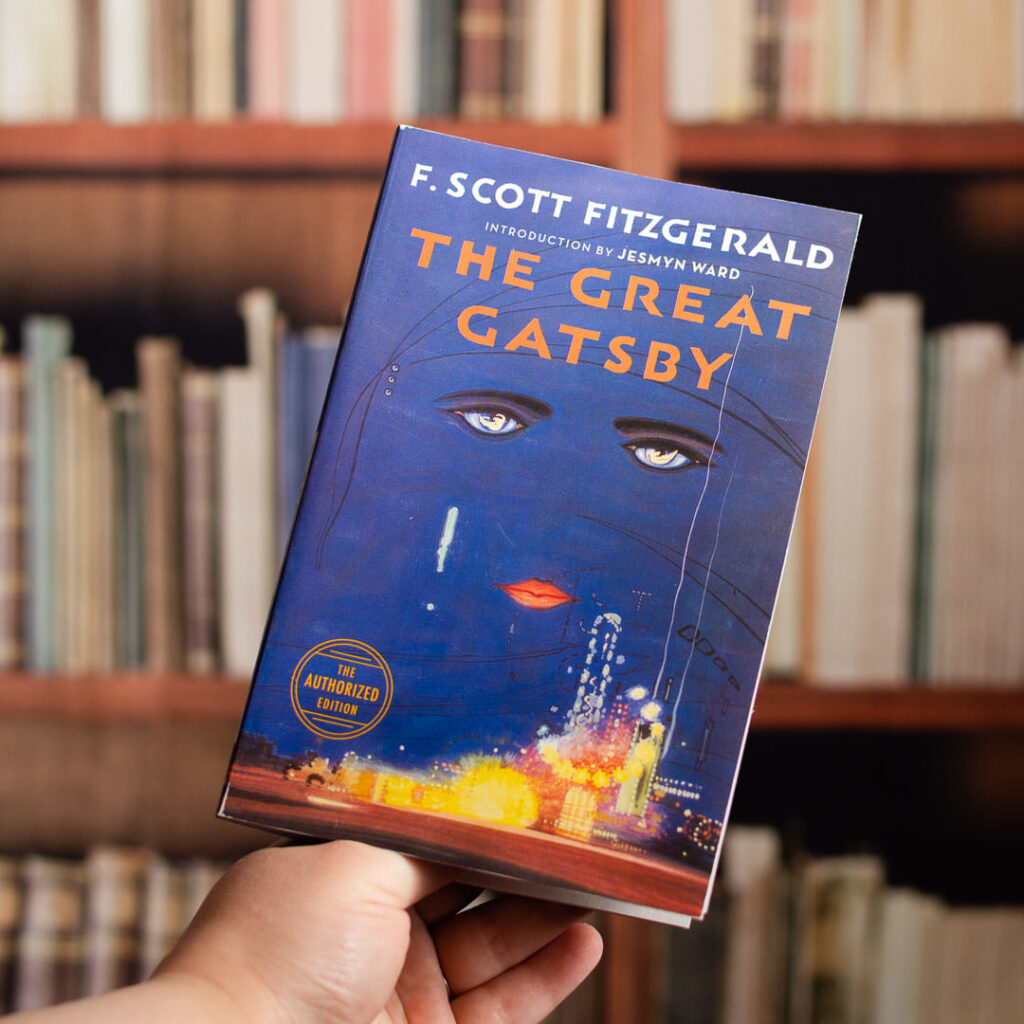
Decades after its publication, “The Great Gatsby” continues to captivate readers with its timeless themes, compelling characters, and exquisite prose.
Literary Analysis and Interpretations
Scholars continue to dissect and analyse “The Great Gatsby,” offering new insights into its symbolism, themes, and cultural significance.
Discussion on Film Adaptations
From the classic 1974 adaptation starring Robert Redford to Baz Luhrmann’s visually stunning 2013 rendition, each film adaptation brings its own interpretation of Fitzgerald’s masterpiece to the screen.
RELATED:
Conclusion
In conclusion, “The Great Gatsby” stands as a testament to F. Scott Fitzgerald’s literary genius and remains as relevant today as it was nearly a century ago. Through its exploration of love, ambition, and the elusive nature of the American Dream, the novel continues to resonate with readers across generations, solidifying its place in the pantheon of great works of literature.
FAQs
Is “The Great Gatsby” based on a true story?
- No, “The Great Gatsby” is a work of fiction, although it is inspired by Fitzgerald’s own experiences and observations of the Jazz Age.
Why is “The Great Gatsby” considered a classic?
- The novel is celebrated for its timeless themes, vivid characters, and lyrical prose, which continue to resonate with readers of all ages.
What is the significance of the green light in “The Great Gatsby”?
- The green light symbolises Gatsby’s hopes and dreams, particularly his desire to reunite with Daisy and recapture the past.
How has “The Great Gatsby” influenced popular culture?
- The novel has inspired countless adaptations, references, and homages in film, music, literature, and fashion, solidifying its status as a cultural icon.
What are some common criticisms of “The Great Gatsby”?
- Critics have pointed to the novel’s portrayal of women, its romanticization of wealth, and its ambiguous moral stance as areas of concern.

